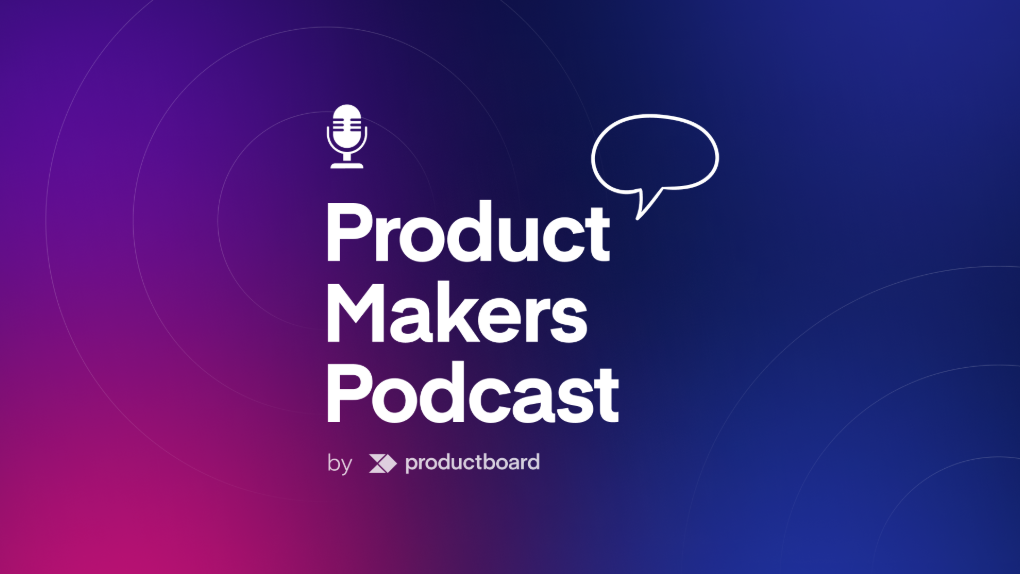Explore the Benefits of a Product Roadmap

Product roadmaps provide a clear, consistent direction and planning framework for bringing an innovative vision to life—and to market.
Businesses should think of the product roadmap in two critical ways: as the blueprint for building a product that resonates with your customers, and as the compass that directs and aligns every product initiative with your business objectives.
Effective planning, transparent communication, and ultimately, the delivery of impactful solutions depends on clear communication, cross-functional collaboration, and transparency into challenges and processes.
Product Roadmaps Provide Clarity and Direction to Stakeholders
Product roadmaps serve as a visual and strategic guide for all stakeholders, from execs invested in profitability to engineers knee-deep in code. By outlining the complete product journey, including goals and the steps needed to achieve them, internal stakeholders and customers alike are given a deeper understanding of the product’s trajectory, the rationale behind decisions, and any anticipated milestones.
This level of clarity ensures that everyone impacted is aligned, making it easier to communicate the product’s vision and progress. It helps set expectations, maximize efforts, and foster a shared understanding of the product’s purpose and evolution—the why behind the what.
Roadmaps Help With Stakeholder and Product Development Team Alignment
Roadmaps serve as highly strategic, visual communication tools that drive product development team and stakeholder alignment.
They offer a clear, comprehensive view of the product’s journey, outlining its objectives, priorities, and the timelines, resources, and roadblocks attached to them. This visual representation supports efficient feature prioritization, and ensures a common understanding of the product’s direction and goals.
Product Roadmaps Assist with Resource Allocation
Product development encompasses multiple moving parts. They keep prioritization on track, capturing resource estimates, dependencies, and potential risks, and help organizations effectively allocate resources to meet the needs and timeline of the product. Here’s a breakdown:
Prioritization. Roadmaps typically outline the key features, enhancements, and goals for the product. By visualizing the roadmap, teams can prioritize which tasks are most critical to the product’s strategic objectives.
Resource planning. A well-constructed roadmap prevents the overallocation or underallocation of resources. It Includes estimates of the teams and time required for each item on the plan, allowing businesses to support all of the personnel, budget, and technology needed to bring innovations to market.
Dependency management. Roadmaps are ideal for identifying dependencies between different features or tasks, allowing for the proper spend and scheduling as development progresses.
Flexibility. While roadmaps provide a structured plan, they should also allow for changing circumstances. Flexibility enables teams to allocate resources dynamically as they become aware of new information, feedback, or challenges.
Efficiency and accountability. With a roadmap in place, teams have a clear view of their tasks and deadlines. This clarity promotes efficient resource allocation, keeps teams from being overloaded (or underutilized), and keeps task owners and stakeholders accountable.
Risk mitigation. Roadmaps can help all teams identify potential resource bottlenecks and risks early, ensuring that the project stays on course.
Roadmaps Create Visibility for Needed Resources
Roadmaps provide a clear, transparent, and structured plan for product development through a number of mission-critical components, like identifying key milestones (feature releases, beta tests, project phases) that require specific resources or skill sets.
As the visual, central hub for communication and source of truth, roadmaps also support dependency mapping, so that it’s always clear which tasks or features rely on what. Understanding these dependencies helps identify which resources are needed to address critical or priority tasks, as well as resolve bottlenecks or shift spend.
Product Roadmaps Improve Decision-Making
Product roadmaps enhance decision-making by offering a clear understanding of expectations, goals, and priorities.
When it’s simple to identify and address potential risks, integrate user feedback, and collaborate, products and processes both become more data-centric, accurate, and scalable.
Roadmaps Provide Data-Driven Insights
Incorporating robust, diverse data and analytics into the product decision-making process is the core of developing relevant solutions. It’s just as important to be aware of changes in research and trends that occur as a product or feature is being created, and capture those insights in the roadmap.
This keeps product development decisions grounded in empirical evidence, and enables teams to make decisions that are more likely to resonate with users, address market needs, and deliver tangible value. Here’s what to include:
- Customer feedback and relevant metrics to the roadmap, such as user engagement, conversion rates, or satisfaction scores, to stay clear on pain points and emerging needs.
- As much data as is available on industry trends, competitor performance and strategy, and customer/consumer demands to stay aligned with market dynamics.
- The performance of existing features or releases with metrics like usage patterns, bug reports, and performance benchmarks, which provide insight into what’s working and what needs improvement.
- A/B testing and other experimentation data into roadmaps whenever possible, allowing for decisions based on how different variations of a feature or design perform with users.
- A cost and benefit analysis for the solution as a whole, and for specific features, with estimates of the return on investment (ROI) for each.
- Data on how users interact with the product, such as click-through and conversion rates, sales journeys, and customer engagement analyses, to inform UX/UIdecisions.
- Product and feature usage data, to provide valuable intel on which parts of your solution are used most—and least. This helps teams prioritize improvements to underutilized features or capitalize on the success of popular ones.
- Iterative feedback loops that allow for continuous user testing and validation, leading to refinements based on real-world user experiences.
Product Development Visibility Mitigates Product Development Risks
Product development visibility gives teams and stakeholders a clear and comprehensive understanding of the project’s progress and potential challenges.
This allows for early risk identification, proactive problem-solving, effective resource allocation, improved communication, and alignment on risk tolerance. It also provides structure for regular product or feature monitoring and adjustments, as well as adaptive change management.
Product Roadmaps Facilitate Communication and Stakeholder Feedback
Product roadmaps are a visual, transparent, and structured framework for discussing the product’s strategy, priorities, timelines, and potential risks. They promote alignment, support decision-making, and encourage ongoing engagement and collaboration for all involved.
Roadmaps Are Vital For Product Development Transparency and Accountability
A clear and comprehensive plan that’s visible to all stakeholders ensures that everyone involved has a shared understanding of the project’s goals, timelines, and potential challenges, fostering open and honest communication.
It also holds teams accountable by providing a framework for tracking progress and making it evident whether goals are met according to the plan. This transparency and accountability are essential for building trust among teams, and between companies and customers.
Roadmap Visibility Promotes Cross-Functional Collaboration
Roadmap visibility encourages different departments to work together cohesively, aligning their efforts with the overall project goals.
It fosters communication, encourages the exchange of ideas, and allows teams to identify dependencies and opportunities for collaboration. It also creates a sense of ownership and collective responsibility, as teams can clearly see how their contributions fit into the larger project, leading to more effective and coordinated cross-functional efforts.
Product Roadmaps Keep the Customer Front-of-Mind
Product roadmaps do exactly as they’re named—map the product development process to multiple work streams and outcomes, specifically to match up with the needs and preferences of the target customer.
The roadmap outlines features and enhancements based on user feedback, market research, and evolving demand. It provides a plan for delivering value through customer-centric product development, ensuring that the product matures in a way that best serves its intended audience, and keeps customer delight at the heart of decision-making.
Product Roadmaps Encourage Product Development Flexibility and Adaptability
Product roadmaps can be adjusted as needed, and should be considered a guiding framework more than a rigid set of instructions.
When circumstances change, markets shift, or new opportunities appear, the roadmap allows space for businesses to stay responsive. and ensure continued relevance and value in a dynamic digital landscape.
Roadmaps Can Be Adjusted to Account for Changes in Market, Customer Needs, and Business Goals
The ability to adjust roadmaps is essential for any company to remain responsive to market shifts, changing user needs, and evolving business goals. Organizations can stay competitive, customer-centric, and agile, while also mitigating risks and making more informed decisions.
How Can Productboard Help You Maximize the Benefits of Your Product Roadmap?
Productboard is the leading product roadmap software helping businesses maximize the benefits of their product roadmaps by providing a customer-centric, transparent, and efficient platform to support development. Our purpose-built platform creates an ideal, centralized place for effective communication, keeping product teams in lockstep with objectives and results—while processes stay adaptable, cost-effective, and risk-averse.
With user-friendly features for collecting customer feedback, feature prioritization, and product planning, Productboard makes it easier for PMs to create and manage roadmaps that match up with changing customer needs and business goals.
Leading businesses choose Productboard to create shareable, scalable product roadmaps that deliver customer-focused outcomes, and that help get innovative platforms and services to market faster. Start a free trial today.




